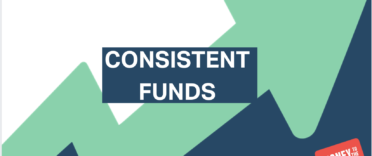Stagflation - a portmanteau of the terms “stagnant” and “inflation” - refers to an economic pattern when inflation is high or increasing despite high unemployment and slow economic growth. After the reflation trade in the spring (which I discussed in an 80-20 article earlier this year), optimism over the global economic rebound post-COVID started to falter. By May there was increasing concern that economic growth would start to slow, partly a result of economic supply constraints which are a legacy of national lockdowns, but also due to rising Delta variant cases around the world. Yet at the same time aggressive quantitative easing has meant that investors have started to worry that signs of rising inflation won't be transitory, despite most central banks insisting that they will.
Recent figures from the Office for National Statistics showed that UK unemployment reached 4.7% in August - 0.8% higher than before the pandemic - while analysts hold firm on their expectation that inflation will reach 4% by the end of the year.
Full article available exclusively to 80-20 Investor members.
To read the complete article, sign up for a free trial or log in below.
Start a free trial Already have an account? Log in



